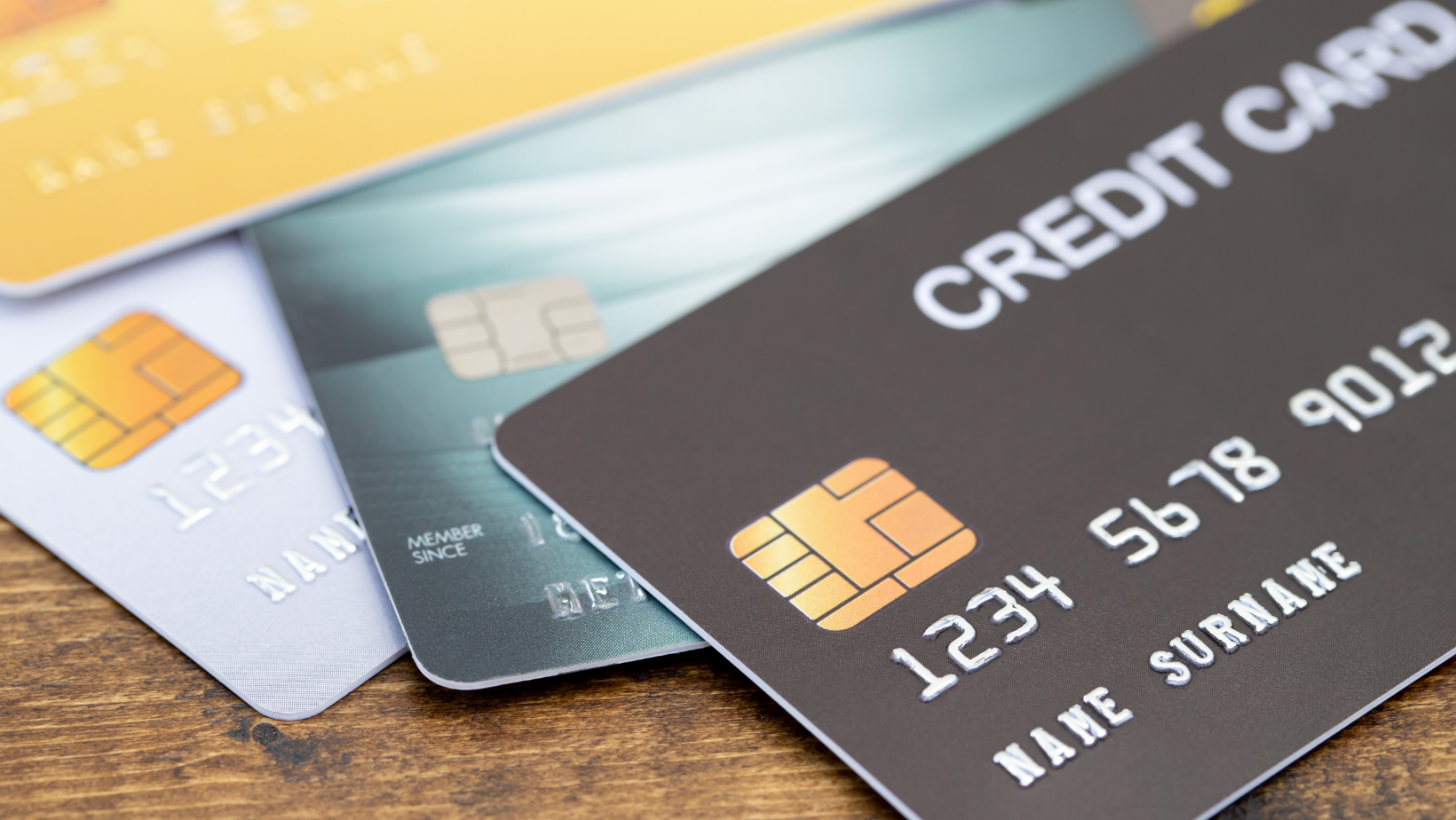Just how prevalent is Credit Card Fraud today? The Federal Trade Commission’s Annual Data Book of 2020 found that credit cards were the most frequent payment method identified in reported fraud cases for that year. In total, fraudulent credit card transactions had 459,297 reported instances in 2020. A stolen credit card is not just bad news for the cardholder, but also any business it is used at, the bank, and the even the payment processing networks. Europay, Mastercard, and Visa or “EMV” Chip Technology was first deployed worldwide in 1996 and became widely accepted in the USA starting back in 2015. The promise of the EMV Chip Technology was to significantly reduce in-person credit card fraud by adding specifications for authentication, cardholder verification, and risk management parameters.
VISA reported a significant decrease of 76% in transaction fraud incidence rates from 2015 to 2018 after the implementation of the chip. However, a study from Gemini Advisory published in 2018 suggested that the EMV Chips had not been as successful as first believed. The study purportedly found that 90% of the compromised cards in the USA were EMV Chip enabled. The unexpected persistent transaction fraud rates in this country could be linked to a lag in using purpose built EMV card readers. Today, with proper technology in place, EMV Chips have proven to be a crucial component in reducing fraud for your business.
Yet, no matter how far EMV Chip Technology has come to contribute to fraud reduction, the reality is that Credit Card Fraud is still on the rise. In 2020, as the world grappled with the COVID19 pandemic, the amount of Credit Card Fraud rose by 44.7% from the year prior. It’s not just Credit Card Fraud on the rise, all types of fraud have increased in the wake of the pandemic. In large part, this is due to the surge in online, mobile, and “buy-online, pick-up remotely” transactions. It has become increasingly important to safeguard your business not only in person, but also online. What are the best practices for a business to avoid credit card fraud?
Tips for In-Store Transactions
A few simple steps can be taken to help prevent fraud during in-store purchases.
Encourage EMV Chip usage and avoid manually typing in a card when possible.
Set your business up for success by implementing the latest EMV Chip Technology readers and encourage customers to use the chips on their cards. EMV Chips are backed by banks, and using them removes the onus of counterfeit fraud off of the business and places it back with the payment processing networks (i.e., MasterCard, Visa, American Express, and Discover). Similarly, encourage employees to avoid manually punching in the numbers on the card as this does not comply with proper EMV standards and places the liability back on the business.
This opens the question of what to do if a customer presents a card with a damaged chip and still wants to make a purchase? Furthermore, even when the liability of fraudulent transaction does not fall on a business, cash-flow can be greatly affected by fraudulent transactions. When fraud occurs, no one wins.
Verify valid payment and identity
In the case of damaged cards, or high-value transactions, it becomes crucial to take the extra step of authenticating the payment method and identity of the person making the transaction. This can be done in a variety of ways, from UV light scanners that can be used to detect the unique markings on an identity or credit card, to more advanced systems that can verify these security features against a global database to ensure the person making the transaction is not only who they say they are, but also making a valid payment.
By implementing a verification process, your business and your customers can have peace of mind knowing you are taking the necessary steps to prevent fraud from taking place. That being said, transactions have been increasingly moving online, mobile, or to a hybrid of “Buy Now, Pick-up In Store,” further complicating matters.
Tips for Online / Card-Not-Present Transactions
In card-not-present transactions, the merchant is often liable for the hit if fraud occurs. Due to the inability to run the chip on a card, the responsibility of fraud falls on the business rather than the bank or payment processing network. This makes it even more crucial for businesses to take the extra steps needed to ensure payments are valid. One simple step can be introduced to secure remote transactions.
Authenticate the Identity of the Person Making the Transaction
The easiest way to verify that a remote transaction is legitimate is to verify the identity of the individual making the purchase. This process is increasingly crucial for large, high-risk purchase amounts where there is much to lose if the transaction was fraudulent. By employing an identity authentication solution, your business ensures that the person making the purchase is who they claim to be, and thus mitigate the fraud impact on your business. (You can learn more details about why we recommend authentication in our blog post, “Authenticate the Person, not just the Data”).
UVeritech’s PALIDIN WebID solution is the perfect mix of security and convenience to authenticate your customer’s identity. When a remote transaction is taking place, PALIDIN will send a prompt to your customer’s cell phone. Your customer then will be instructed to photograph their Identity Document as well as to take a “selfie” image.
The ID will be checked against a global database of identity documents to forensically authenticate that it is genuine. During the “selfie” stage, PALIDIN will also do a check for “liveness” to make sure it is in fact a person taking a photo of themselves in real-time. The image from the ID is then compared with the “selfie” image to ensure they match.
PALIDIN WebID provides a simple process for your customer to follow, and gives you peace of mind knowing you have successfully verified the identity of the person making the transaction.


